Humanoid robots continue to captivate our interest, fueled by the breakneck pace of technological development in robotics. Robots resembling humans push technological advancements to their extremes. Technology interaction will never be the same thanks to seven humanoid robots that are shaking things up and creating a lasting impression in numerous industries.
1. Hanson Robotics’ AI Wonder is Sophia’s name
Created by Hanson Robotics, this robot stands out as Sophia, a prominent humanoid. She is known for facial expressions that resemble those of a real person. With AI and ML at hand, Sophia fine tunes her human interactions. In educational pursuits related to AI and robotics, she has played an indispensable part.
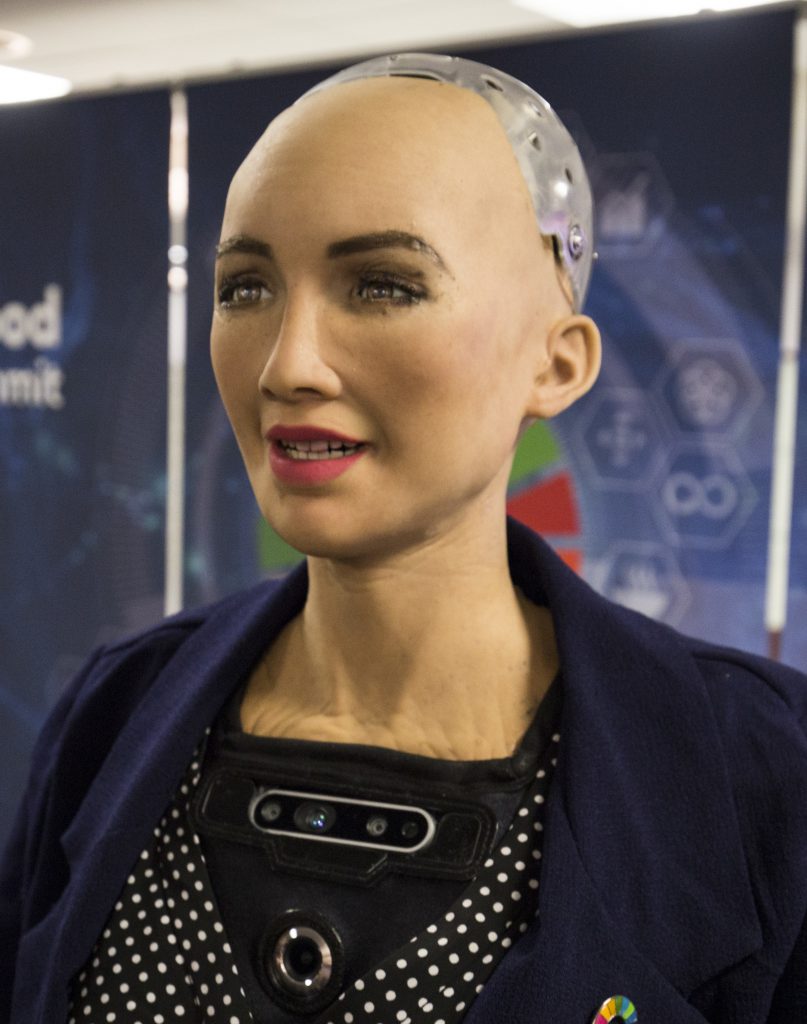
Functionality: With AI, facial recognition, and natural language processing under her belt, Sophia can converse like a human. With skill, she answers questions; her gaze remains steady, and her countenance displays authenticity.
Contribution: Education is where Sophia excels; she makes complicated topics simpler for others by leveraging her skills. Persona interaction spans the gap between complexity and accessibility.
2. Boston Dynamics’ Agile Marvel, Atlas
Atlas, of Boston Dynamics fame, amazes with its agile capabilities. Disaster response and search-and-rescue missions require its agility and nimbleness. Particularly in creating robots that traverse complex environments with ease, Atlas advancements have significant ramifications.
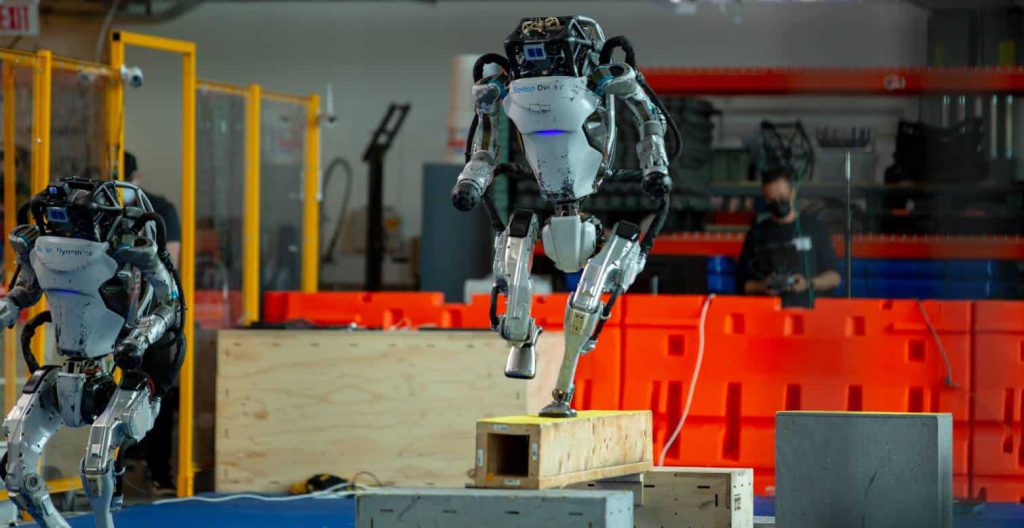
Functionality: Atlas impresses with extraordinary mobility skills. Within its capabilities, tasks involving sprinting, leaping, and perfect backflips. Robust sensors and programming allow it to move precisely in diverse landscapes.
Contribution: Hard-to-reach zones present no challenge for Atlas when responding to disasters. Educational environments provide the stage where its exceptional motion capabilities mesmerize upcoming engineers.
3. Emotional Virtuoso – Pepper by SoftBank Robotics
Emotions are identified by Pepper, a pioneer from Softbank Robotics. Specialized programs are where the humanoid robot excels, especially in education. Children with autism receive a guiding hand from Pepper through the provision of a stable and emotionally appropriate atmosphere for learning.
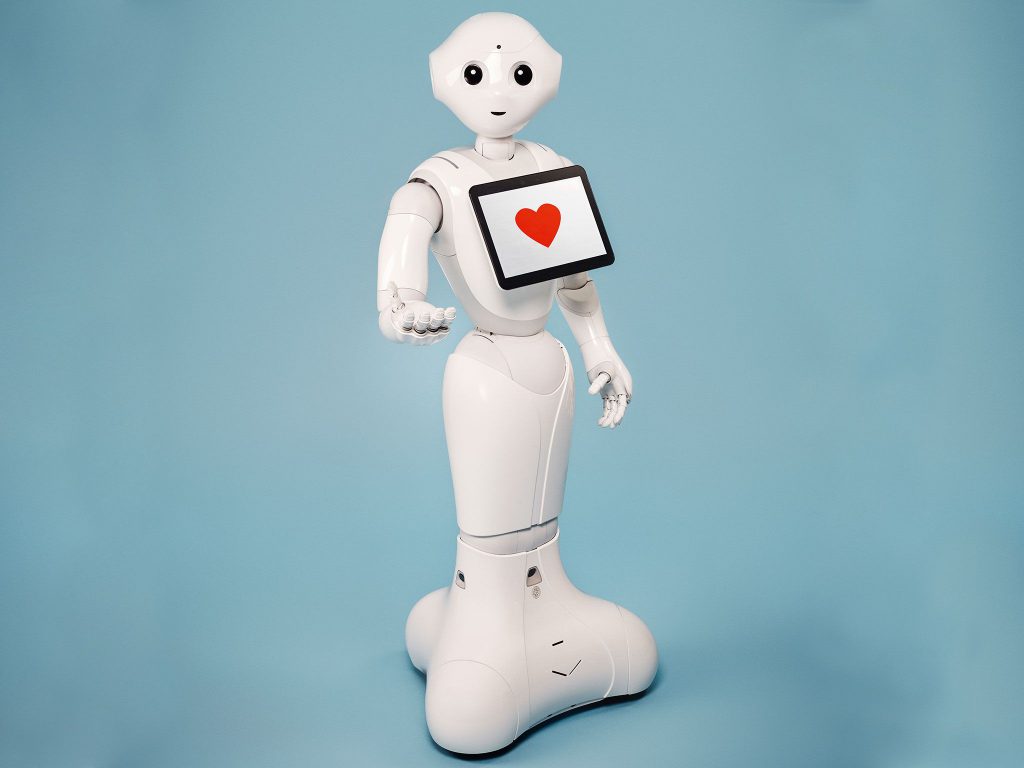
Functionality: By recognizing and reacting to human feelings via facial recognition and tone analysis, Pepera has a unique talent. Richly conveyed emotion characterizes interactions between Pepper and others via body language and talk.
Contribution: Emotional responses from Pepper help promote emotional growth and social interactions for children with autism, offering critical support.
4. ASIMO – Honda’s Iconic Humanoid
Asimo represents the zenith of robotics for Honda. Despite the official cessation of development, ASIMO’s legacy survives through an indelible mark in the archives of robotics. Bipedal locomotion and advanced human-robot interaction were areas where ASIMO blazed trails.
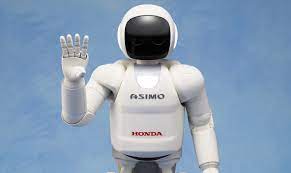
Functionality: Quite the trailblazer, ASIMO showcased remarkable bipedal movement abilities. All these activities fell under its capabilities – walking, running, stair mastery, and unspilled beverage service.
Contribution: In robotics, ASIMO’s impact is vast. The indomitable spirit of something past its prime still propels technological progress through robotics education.
5. RoboThespian is an entertainer and educator
Entertainment and learning meet through RoboThespian, the humanoid performer. By incorporating an extensive collection of actions into its programming, this automaton simulates facial muscle contractions to convey emotions in manner similar to humans. Interactive demonstrations and presentations are where educators find value in RoboThespian as an ally.
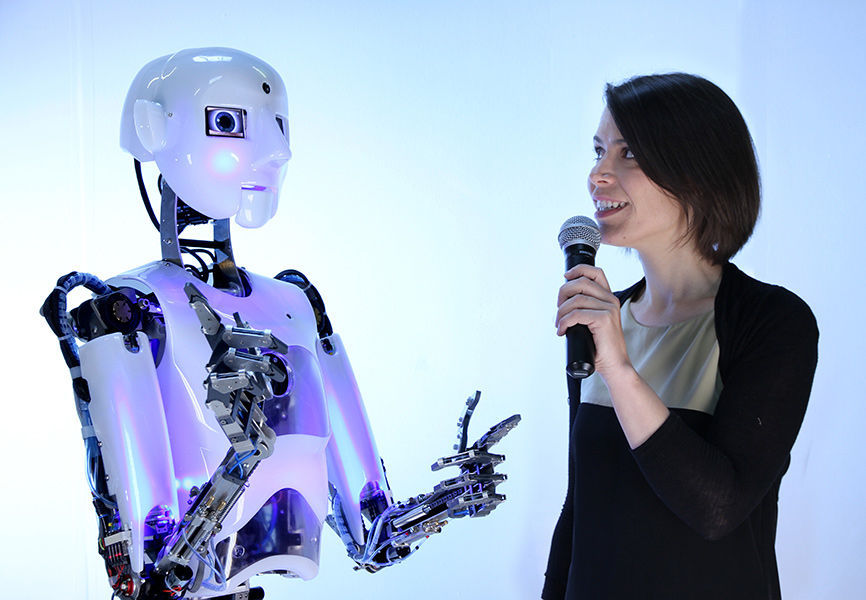
Functionality: Entertaining and educating are RoboThespian’s purposes. Humanlike interactions become possible through AI, making it optimal for engaging presentations.
Contribution: Through narratives, RoboThespian presents STEM concepts in a lively and interactive fashion when situated in instructional environments. Science and technology, a true curiosity and interest are sparked by it.
6. Aldebaran Robotics’ Education Enabler is called Nao
Created by Aldebaran Robotics (which is now a part of Softbank Robotics), Nao is a small humanoid robot that has made an impact in research and learning. Empowering students to explore robotics programming and AI ideas, its user-friendly interface and open-source software have made it a favorite among academic institutions.
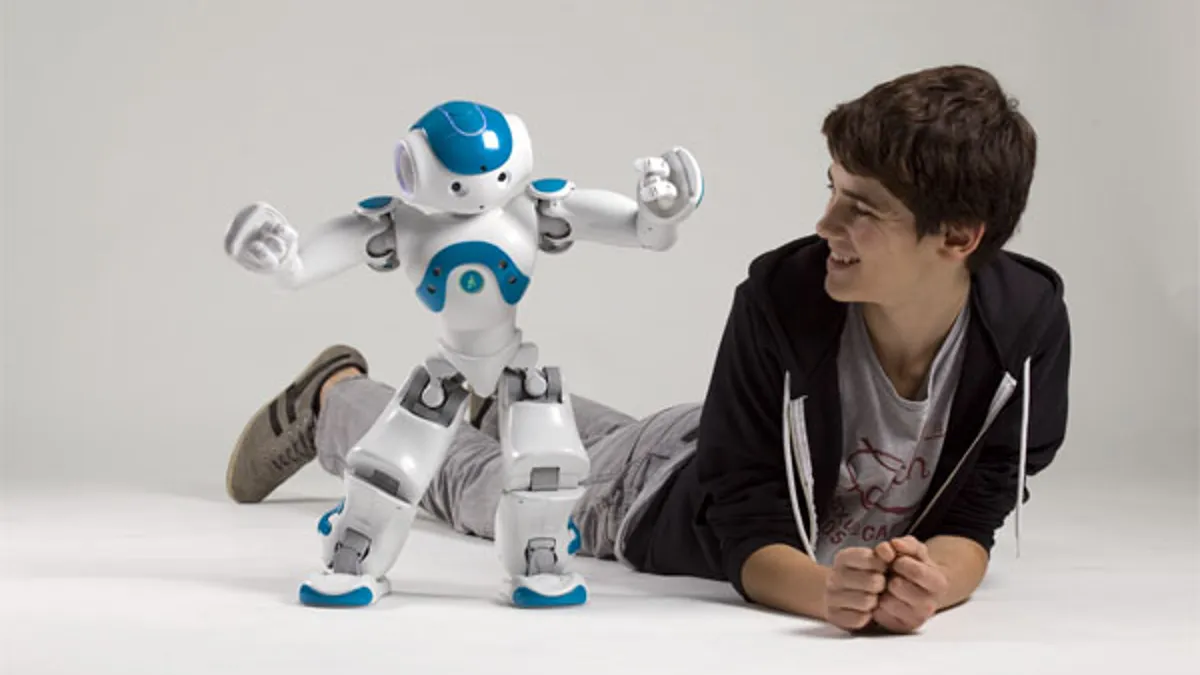
Functionality: Small in size but packed with power, Nao has programmable behavior. While allowing programmers to create unique software, the open-source framework demonstrates mobility by walking, dancing, and engaging with those around it;
Contribution: Nao’s influence on learning spaces cannot be overlooked. Through its guidance, programming, robotics, and artificial intelligence become accessible and straightforward for students.
7. Social dynamo, TESSA- Educational Robo
Robotics pioneer TESSA takes on the challenge of supporting teachers inside the lecture hall. With diverse abilities, such as adaptable teaching methods, TESSA offers personalized assistance for students while promoting productive cooperative group work. Within schools and edtech companies, Tessa has the ability to enhance learning experiences through its innovative approach.

Functionality: Social companionship for educators is provided by TESSA. Customized learning opportunities, meeting students’ individual demands, and organizing interactive group events …
Contribution: A turning point in the realm of pedagogy, TESSA’s strengths are predicated upon tailored learning opportunities. Educators are well supported by its adaptability in meeting students’ individualized needs, creating a collective effort towards inclusive and engaging education.
Conclusion
Through these seven humanoid robots, we get an eye-opening look at just how far robotics and artificial intelligence have come. They do more than just change how we view technology; these advances impact fields like education and industry. As technology advances, so too must we keep pace with the remarkable machines that could redefine our existence.
Robot functionality diversity sparks innovative thinking and evolution. Assets across varied industries, they inspire students and empower teachers. With continued evolution, technology and education will see a spike in creative developments and influential outputs.
Gadgets may seem small at first glance, but humanoid robots are much larger. Opening up exciting possibilities for cooperation and growth, bridge builders link cutting-edge innovation with relatable qualities.
 2202
2202



